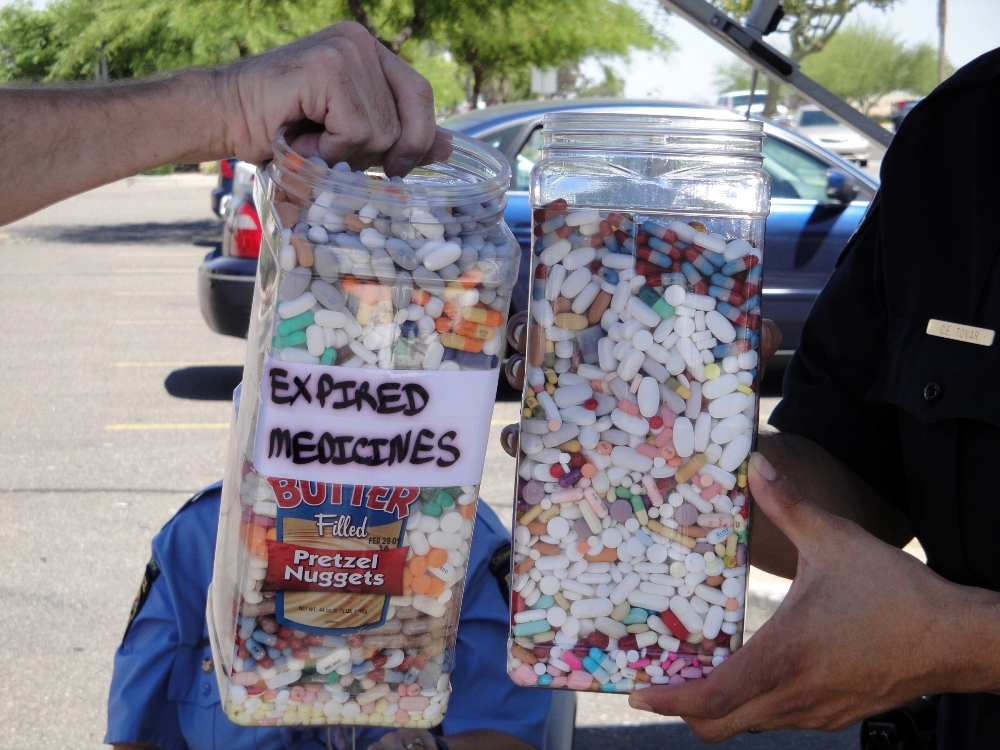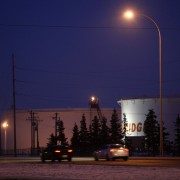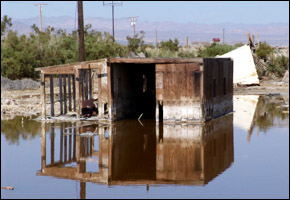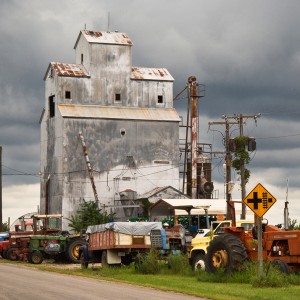The Stream, September 27: Hydraulic Fracturing-related Health Concerns Linger
Governor Andrew Cuomo said New York state is still deciding whether to allow high-volume hydraulic fracturing after four years of study. The state’s health commissioner was asked to analyze the health effects of franking more closely, The New York Times reported.
Evidence of water pollution — tied by some scientists to hydraulic fracturing — was found recently in Wyoming. Businessweek reported that the U.S. Environmental Protection Agency conducted retests of water in Pavilion, Wyoming, after a disputed December report linked high levels of methane, ethane, diesel compounds and more to hydraulic fracturing.
Diversion Projects in U.S., China
A proposed plan to divert water from a San Francisco-area river delta to central and southern California is drawing comparisons to China’s major south-north diversion project. Much is at stake, China Dialogue reported, and California Governor Scott Brown is determined to reach a consensus and move ahead with a plan.
Read Circle of Blue’s coverage of the diversion project in the Choke Point: China series here.
Climate Change, Health, and Economy
Temporary or permanent harbor closings in the Great Lakes could be more common if drought conditions continue, The New York Times reported. The looming threat prompted 25 senators to send a letter calling on the federal Office of Management and Budget to increase funding for U.S. harbors, especially in the Great Lakes.
See Circle of Blue’s comprehensive Great Lakes series here.
100 million people or more will die by 2030 if the world does not tackle climate change, a report by the humanitarian organization DARA found. Economic growth, Reuters reported, will also be cut by 3.2 percent of gross domestic product.
The Stream is a daily digest spotting global water trends. To get more water news, follow Circle of Blue on Twitter and sign up for our newsletter.
is a Washington, D.C–based correspondent for Circle of Blue. He graduated from DePauw University as a Media Fellow with a B.A. in Conflict Studies. He co-writes The Stream, a daily summary of global water news.







Concerning the report by the EPA of the contaminated water in Pavilion, Wyoming, the question remains whether the high levels of methane and other toxic compounds were the result of the hydraulic fracturing process itself or simply the way the drilling company (i.e. E.C.A.) conducted the drilling process there. In other words, is the EPA report a condemnation of hydraulic fracturing or just The way E.C.A. handle the drilling process in this particular case.